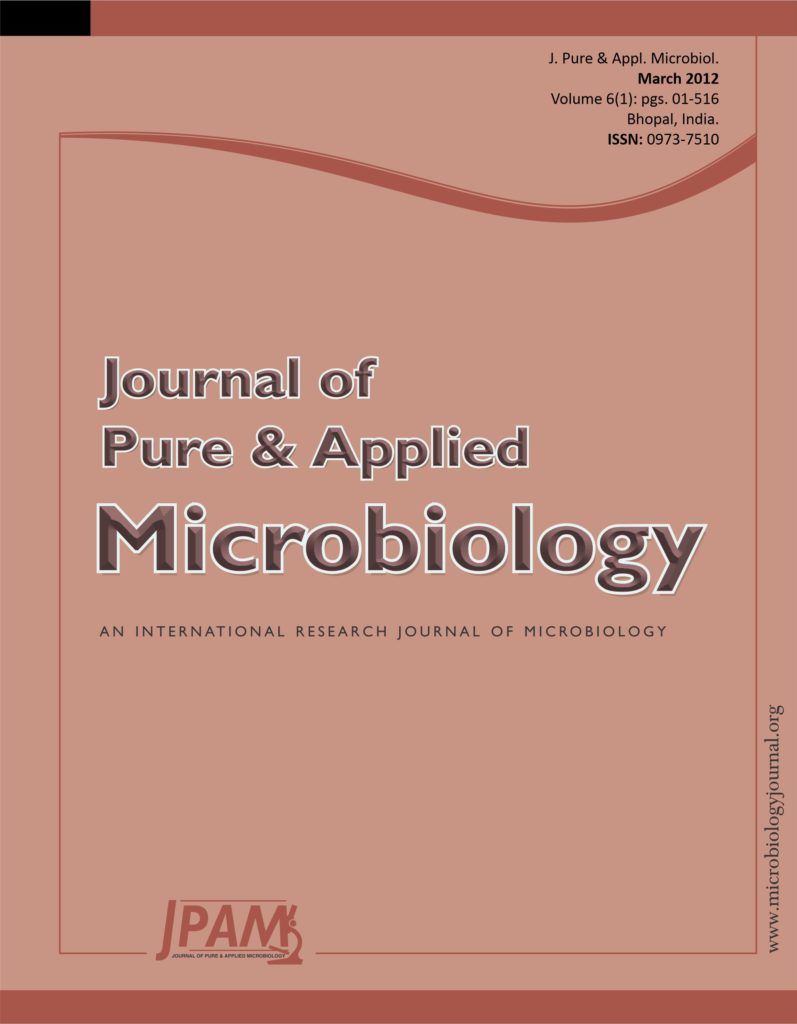Detergent is a product that contains a surfactant and other ingredients to clean fabrics in the wash. One of the major sources of water pollution involves the use of synthetic detergents in houses and industries. Detergents are susceptible to degradation by natural aquatic micro flora, though the rate of utilization differs with the type of detergent and type of flora. The present study aims at studying the growth pattern of bacteria in presence of sodium dodecyl sulfate. Eight bacterial isolates were isolated and identified from aquatic bodies and cultured on media containing 1% SDS as sole sources of carbon. All isolates were able to grow luxuriantly at 1% SDS concentration. Bacteria were not only able to tolerate SDS, but also use SDS for its growth. Effect of SDS on growth pattern of bacteria, viable count, and pH changes were studied for a period of 30 days.
Detergent, SDS (sodium dodecyl sulfate), Degradation, Aquatic micro flora
© The Author(s) 2012. Open Access. This article is distributed under the terms of the Creative Commons Attribution 4.0 International License which permits unrestricted use, sharing, distribution, and reproduction in any medium, provided you give appropriate credit to the original author(s) and the source, provide a link to the Creative Commons license, and indicate if changes were made.


